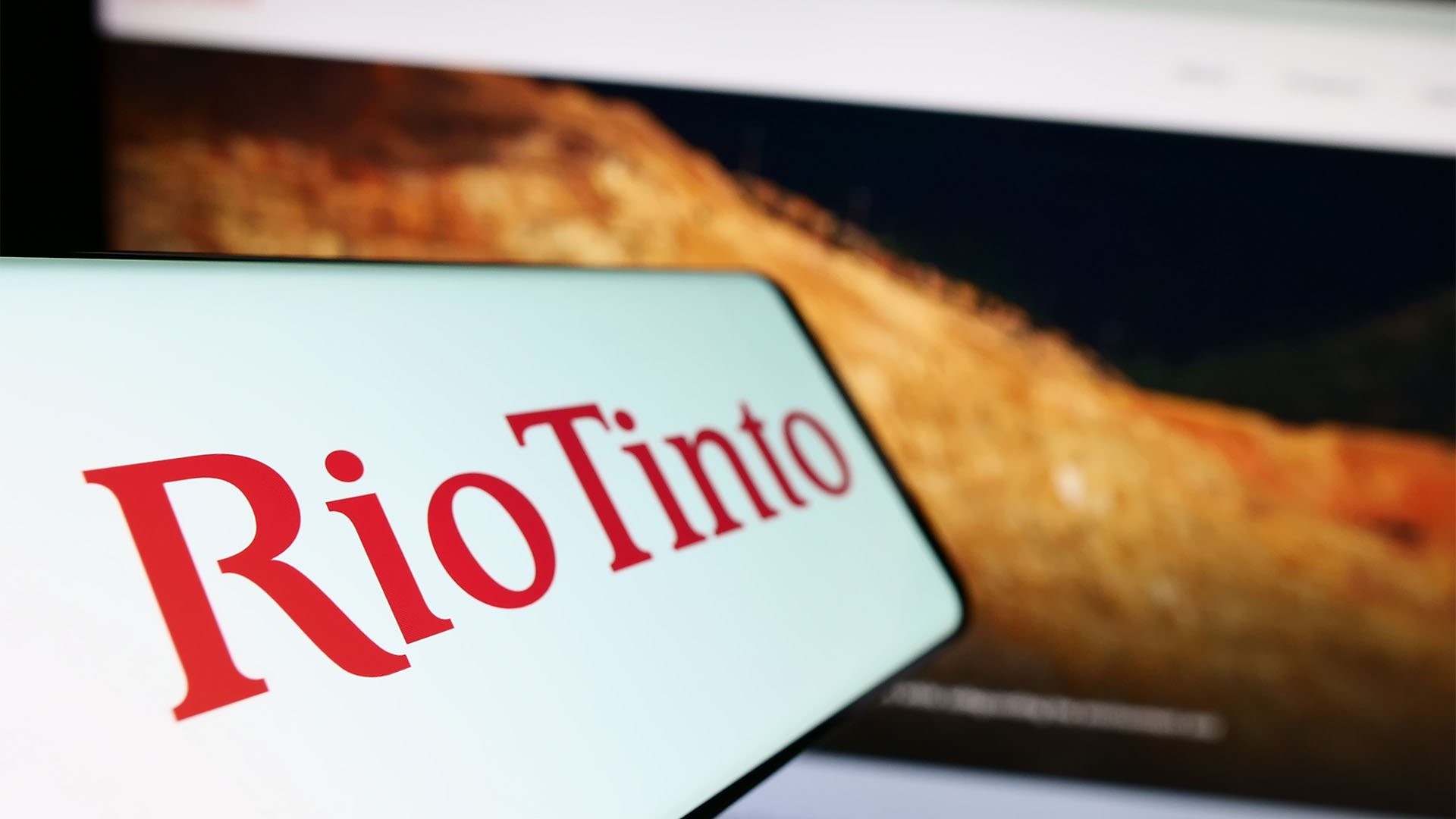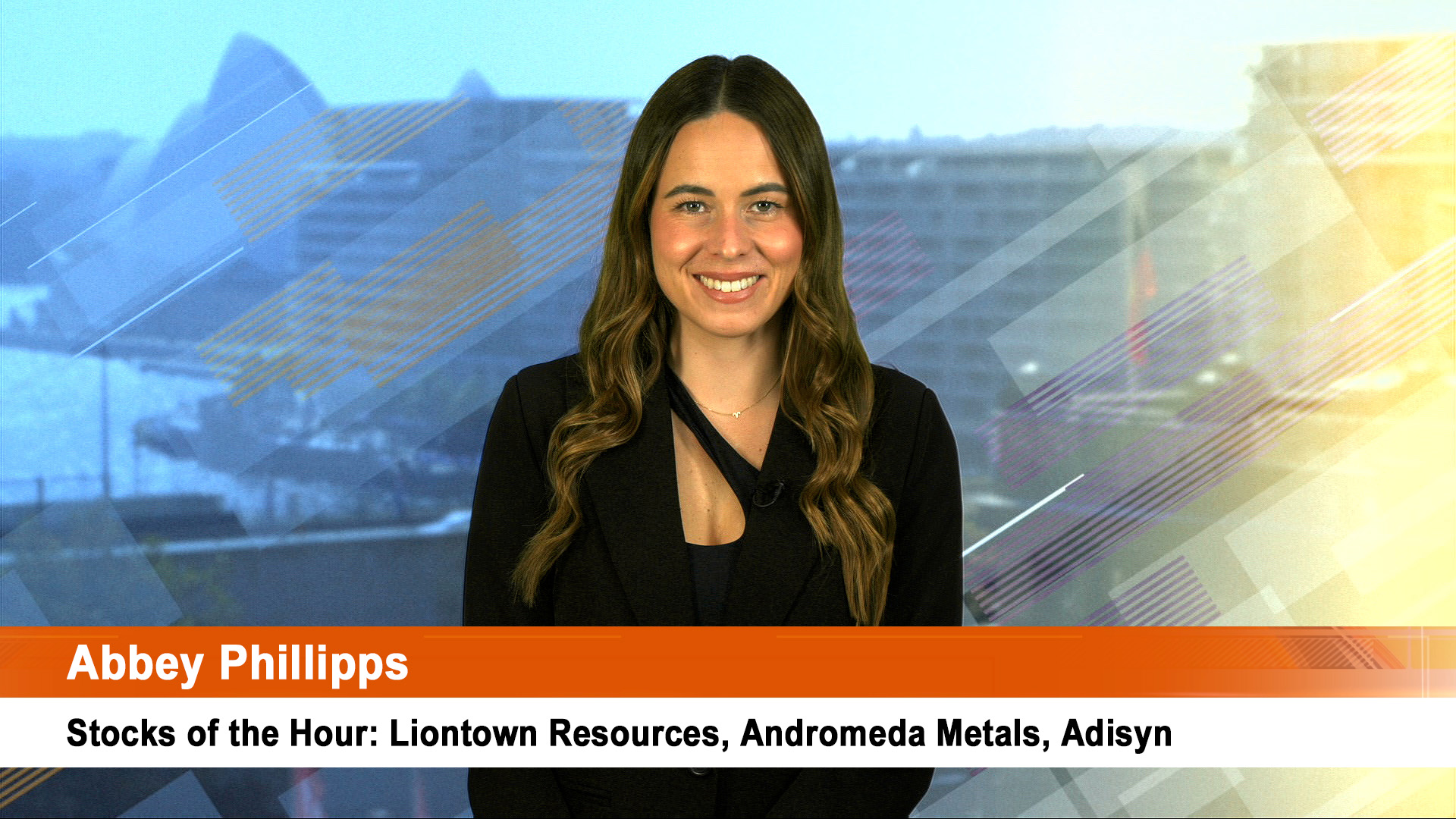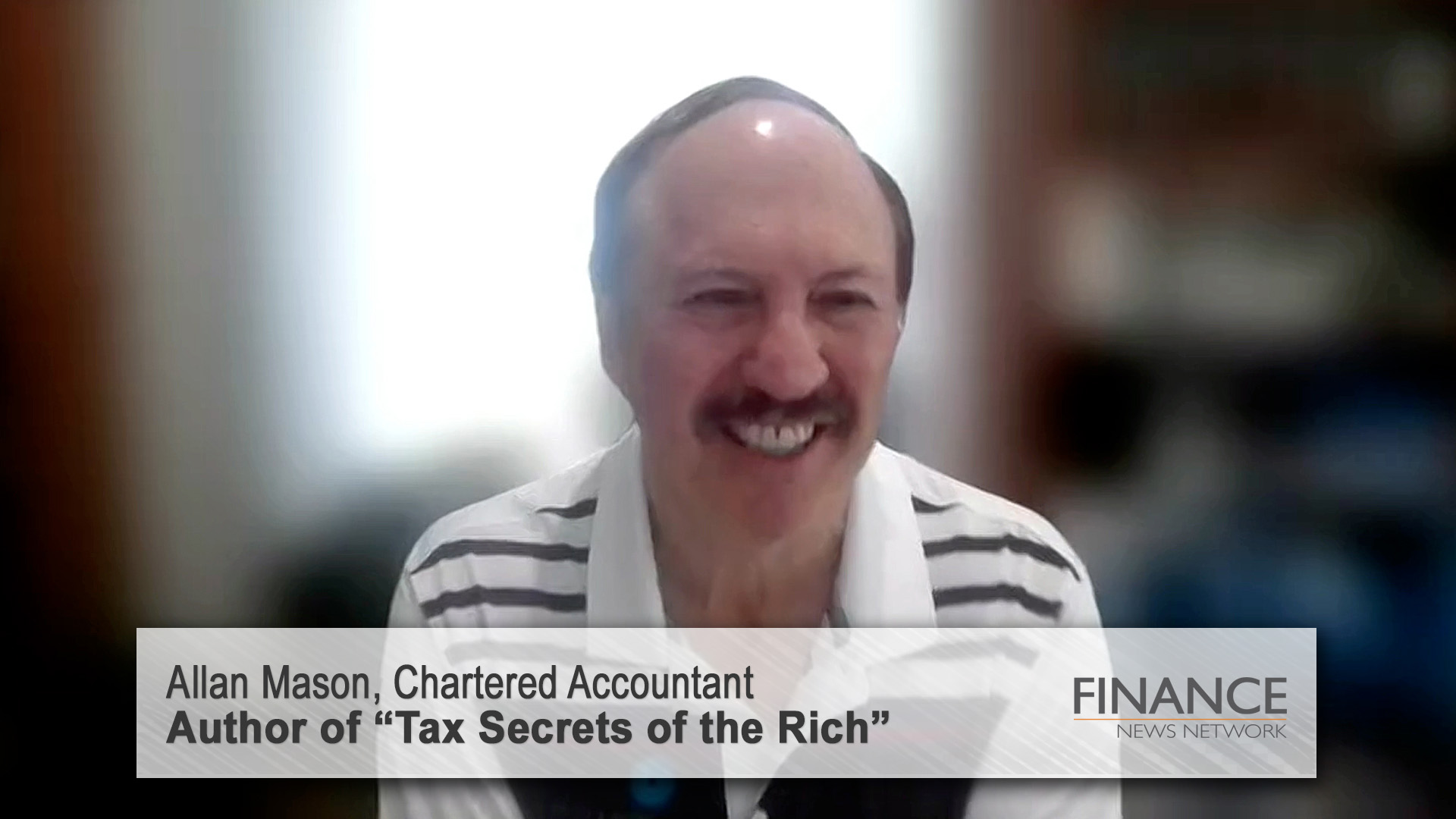
Should we believe fairytales coming from the woods known as the real estate investment trust sector which was worth $120 billion a year ago and is now worth less than a quarter of that (with most of the substance provided by Westfield)?
Two reports on Friday prompt the question:
Firstly FKP, the property group that said no to Lend Lease (lucky them) at $5 a share last year, is now said by market rumours to be on the verge of getting a bid from Stockland, a big shareholder and Mulpha, the other major shareholder.
Secondly as Mirvac showed, times are getting tougher for the sector as it again slashed its distribution to virtually nothing for the second half of the year. Its securities weakened, taking down the sector.
Later on Friday the rumours spread about FKP and that saw prices rise, but in the end the surge was mostly limited to FKP shares which jumped more than 40% in late trading, up 24.5 cents to close at 83c.
Mirvac shares fell more than 12% to 82 cents, GPT, which had been bid higher last week by fools and optimists, plunged a massive 32% Friday to end at 29 cents.
For that reason, FKP’s performance was odd in the extreme.
Mulpha owns 22.8% of the group, Stockland 15% and the punters reckoned the story was that the two may have agreed to split up the assets.
Why anyone would do it now as the Australian property sector is facing greater downward pressure from the economic slump now overtaking the economy, is beyond most analysts.
Many property assets will get cheaper over the next year and banks are not lending to the sector.
That’s why there have been a flood of capital; raisings and very few sales.
Genuine sales are non-existent and those asserts that are selling are going at the lower end of each sub-sector to small buyers. None of the big institutions have opened their chequebooks.
Big foreign banks are cutting back property lending (that’s why we have the so-called Ruddbank for commercial property, which may or may not et off the ground).
Local banks are wondering if they will be lifting write-offs on property in the coming year, not lifting lending.
So the FKP rumour was odd: and even if it turns out to be true, won’t be a bull point. It will be a signal that its big shareholders have decided to bite their losses and get rid of an embarrassment.
FKP couldn’t enlighten the market and was quoted in weekend news reports as saying its position had not changed from the response it made to a query made earlier in the week from the ASX which had noted the shares had risen sharply from the low of 32.5 cents at the start of the previous week.
FKP noted a significant gap between net tangible asset backing per security of $3.65 and its trading price, adding that it was "reasonable to expect that the group’s securities would participate in any rebound in sentiment towards the property sector, as appears to have been the case in recent days."
But that bounce has had more to do with claims or a turnaround in the fortunes of the US banking sector, rather than anything real here.
US bank stocks fell sharply on Friday on Wall Street ahead of the release of the latest bank bailout and reform package by the Obama Administration.
The US rebound had nothing concrete: in fact figures out on Friday showed US banks had materially understated 4th quarter losses by a third; many do not know what is going on, after over a year and a half of financial problems.
Three more banks failed over the weekend and two big credit union groups are taken into government control. Local investors will probably look through that, they shouldn’t. The US financial sector is a shot duck and property is even worse.
Stockland increased its FKP stake by 5 per cent in October, paying $80 million at $2 a share. It’s facing losses on its 15% as is Mulpha. FKP had a 24% fall in 2008 full-year profits to $130 million and it slumped to a loss of $158 million for the December half year.

Mirvac Friday surprised the market with the new downgrade (Source, COMSEC).
The shares had hit a succession of lows earlier this month, but had risen then to close to the $1 level after Mirvac told the ASX there was nothing happening to warrant lows of around 60 cents.
Mirvac’s securities ran up with the likes of another basket case, GPT, as punters bought in to the story that conditions in financial markets and at the banks (especially in the US) were on the rise.
But on Friday Mirvac securities fell after the update and the bad news.
Mirvac announced it will cut its dividend by as much as 40% for the 2008-09 financial year.
Mirvac said it would pay 8 to 9 cents per stapled security for the financial year to June 30, down from a previous forecast of 13.4 cents.
The cut in dividends was blamed on a need to strengthen its balance sheet.
Seeing it paid around 32 cents a security in 2008, the real comparative fall is very sharp 75%.
The release started with an understatement of spin:
"Today Mirvac has further strengthened its financial position by amending its distribution policy. The revised policy is for the Group to distribute to investors taxable earnings.
"With immediate effect, the Group will reduce its distribution from 13.4 cents to between 8 and 9 cents per stapled security for the FY09 year.
"Accordingly, no distribution will be paid in respect of the March quarter with the balance paid for the June quarter. For the year to date













